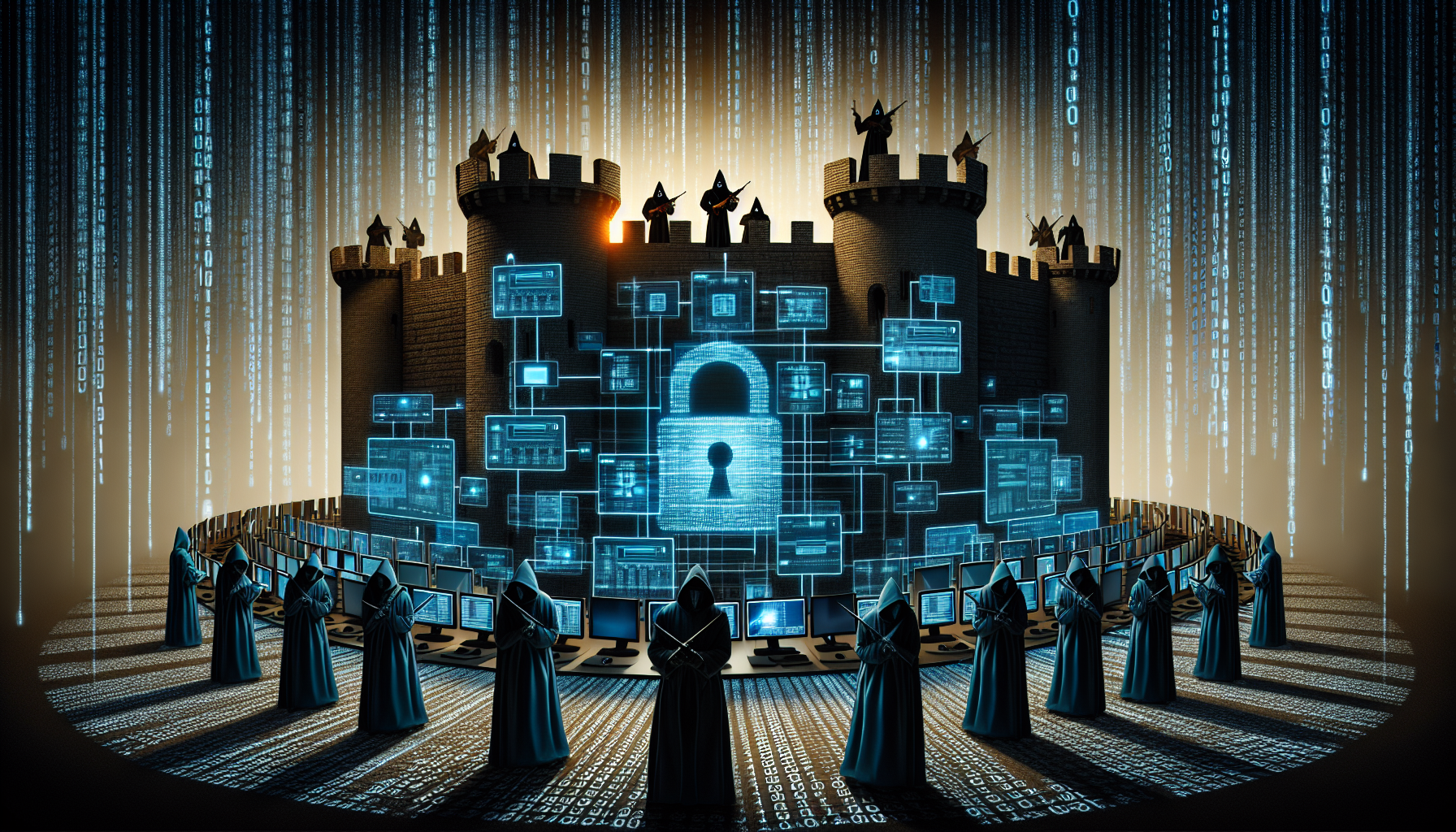
US Treasury Department Hack: Insights into the Cybersecurity Breach
In December, the US Treasury Department disclosed that it had been targeted by a major cybersecurity breach linked to a “China state-sponsored Advanced Persistent Threat (APT) actor.” Since this revelation, additional information has surfaced, illuminating the breadth and ramifications of the attack. This article examines the particulars of the breach, the suspected individuals behind it, and the wider consequences for national security and cybersecurity measures.
How the Hack Occurred
The Extent of the Breach
The hacking collective accessed over 400 laptop and desktop devices within the Treasury Department. Numerous devices were associated with senior officials engaged in crucial areas like sanctions, international relations, and intelligence. The attackers managed to obtain employee usernames, passwords, and over 3,000 files stored on unclassified personal computers.
These documents held sensitive information, encompassing travel records, organizational diagrams, materials related to sanctions, and metrics on foreign investments. Nevertheless, the hackers did not manage to breach the Treasury’s classified systems or email servers, thereby constraining the potential fallout.
What Was Taken?
Although the complete scope of the pilfered data is still under evaluation, it is evident that the breach has revealed information pertaining to investigations by the Committee on Foreign Investment in the United States (CFIUS). This committee assesses the national security repercussions of foreign investments and real estate purchases within the US.
The breach raises alarms about the potential exploitation of this information, especially concerning foreign investments and sanctions enforcement, which are vital for US economic and national security.
Who Is Responsible for the Attack?
The Involvement of Silk Typhoon (UNC5221)
Investigators have linked the incident to a Chinese state-sponsored hacking collective identified as Silk Typhoon, Halfnium, or UNC5221. This group is known for executing advanced cyberattacks targeting government bodies and private enterprises globally.
The hackers reportedly carried out the breach during off-hours to evade detection, demonstrating their sophisticated techniques and strategic foresight. Despite these precautions, investigators found no trace of long-term intelligence gathering or malware left within the Treasury’s systems.
China’s Rejection of Involvement
The Chinese government has denied having any role in the attack. A spokesperson from the Chinese Foreign Ministry labeled the accusations as “unwarranted and baseless.” This denial aligns with China’s consistent stance on previous allegations of state-sponsored cyber activities.
Implications for National Security
The Necessity of Cybersecurity
This breach highlights the escalating danger of state-sponsored cyber assaults and the imperative for strong cybersecurity protocols. Government entities, especially those managing sensitive economic and national security information, need to prioritize fortifying their systems against increasingly complex threats.
The Role of CFIUS
The exposure of CFIUS-related documents is especially alarming. As the US intensifies its scrutiny of foreign investments for potential security threats, the breach could undermine ongoing inquiries and offer adversaries crucial insights into US strategies and weaknesses.
What Lies Ahead?
Evaluation of Damage
Counterintelligence officials are undertaking a thorough evaluation of the damage to ascertain the complete effects of the breach. This process may extend over several months and will involve cooperation with other government agencies and cybersecurity professionals.
Oversight from Congress
Treasury employees are scheduled to brief the Senate Committee on Banking, Housing, and Urban Affairs about the breach. This briefing will equip lawmakers with critical insights to inform upcoming cybersecurity policies and funding allocations.
Conclusion
The US Treasury Department hack serves as a stark reminder of the ongoing threat posed by state-sponsored cyber assaults. Although classified systems were not compromised, the exposure of sensitive information reveals vulnerabilities that need to be addressed. In the future, government agencies must invest in sophisticated cybersecurity strategies and promote international collaboration to effectively counter cyber threats.
Frequently Asked Questions
1. What defines an Advanced Persistent Threat (APT)?
An APT refers to a sustained and targeted cyber assault where an unauthorized entity gains access to a network and remains undetected for an extended duration. APTs are frequently state-sponsored and aim to acquire sensitive data or disrupt operations.
2. Who are Silk Typhoon (UNC5221)?
Silk Typhoon, also referred to as Halfnium or UNC5221, is a Chinese state-sponsored hacking group recognized for executing advanced cyberattacks on government agencies and private firms.
3. What is the Committee on Foreign Investment in the United States (CFIUS)?
CFIUS is a governmental committee that assesses the national security implications of foreign investments and real estate transactions in the US. Its operations are essential for protecting US economic and security interests.
4. How can government agencies bolster cybersecurity?
Government bodies can strengthen cybersecurity by employing advanced encryption techniques, implementing multi-factor authentication, routinely conducting security audits, and investing in employee training to recognize phishing and other cyber threats.
5. Was classified information compromised during the Treasury breach?
No, investigators have affirmed that the hackers did not access the Treasury’s classified systems or email servers.
6. What impact does this breach have on US-China relations?
The breach exacerbates existing tensions between the US and China, particularly concerning claims of state-sponsored cyberattacks. Nonetheless, both countries are likely to maintain diplomatic dialogue on broader issues.
7. What measures are being implemented to avert future breaches?
The US government is performing a damage evaluation and reviewing its cybersecurity protocols. Additionally, Congress may allocate more resources to enhance cybersecurity defenses across federal agencies.
By grasping the intricacies and implications of this breach, readers can recognize the significance of cybersecurity in today’s interconnected landscape.